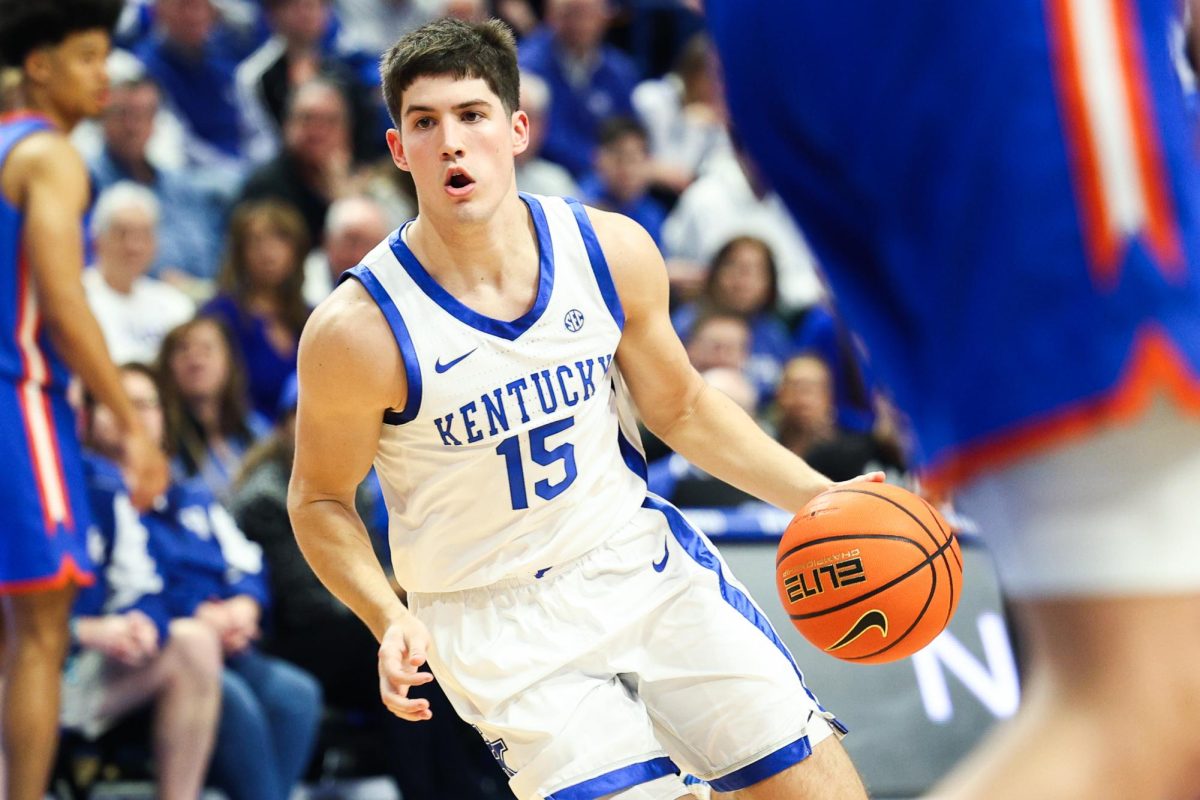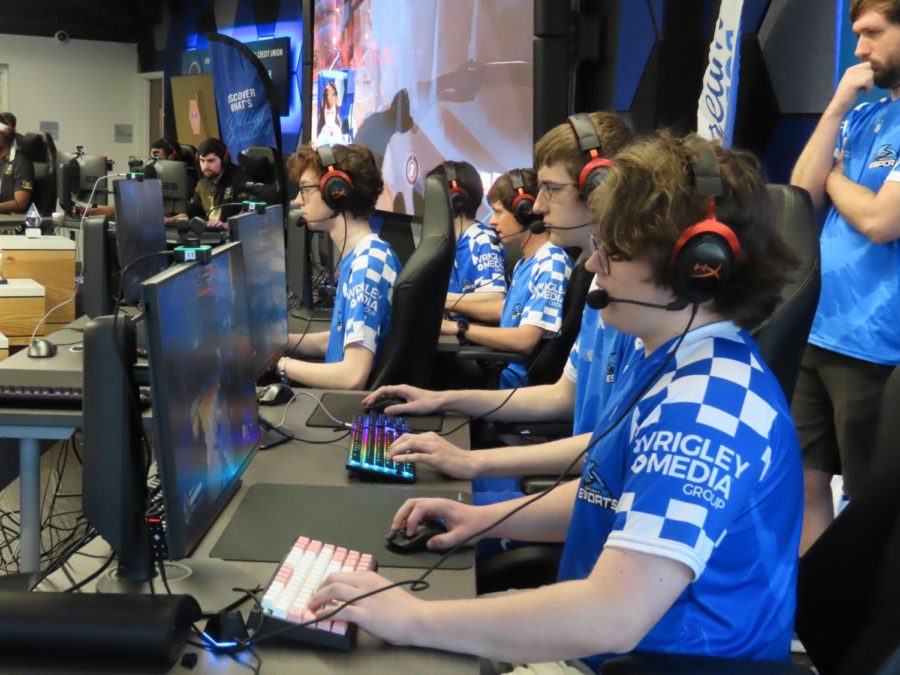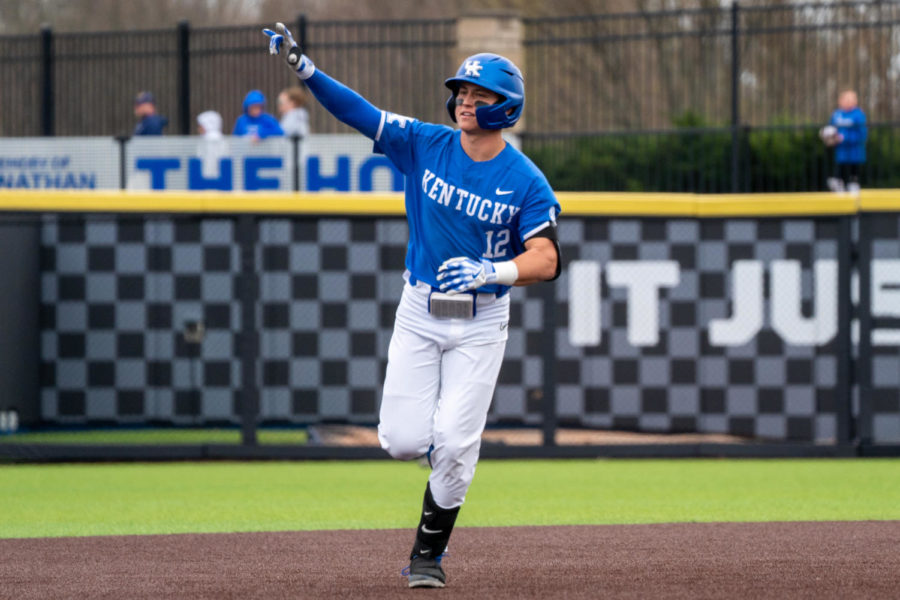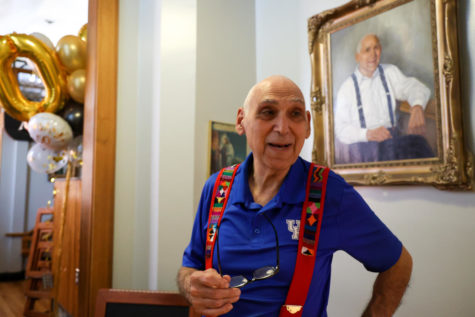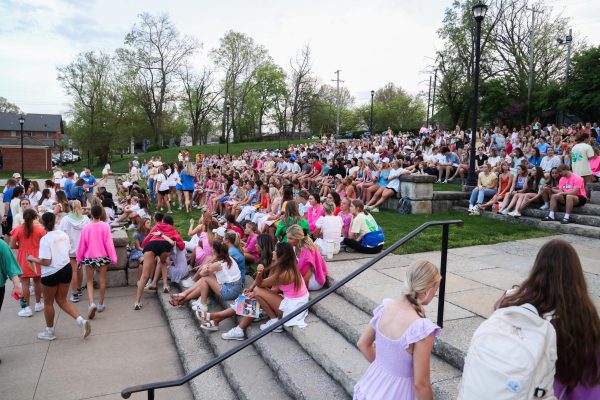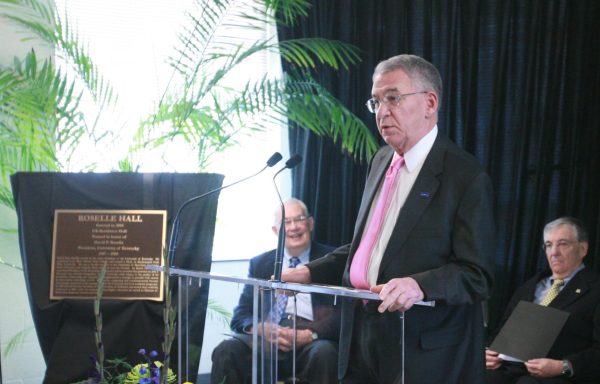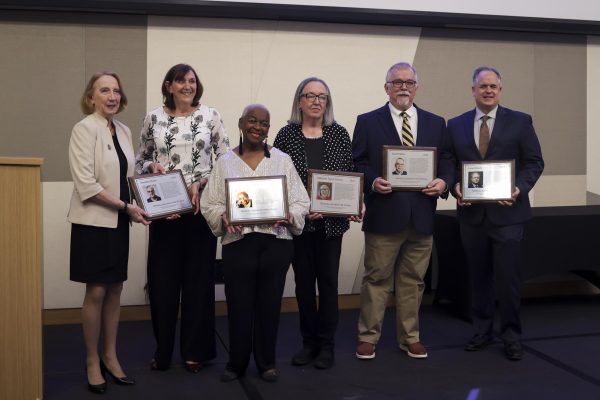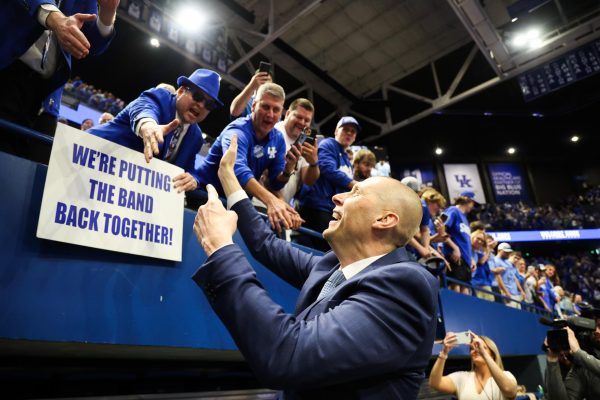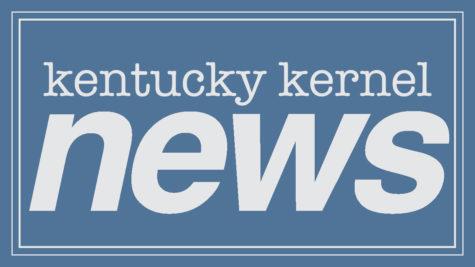Students’ ideas can take flight with NASA
November 14, 2012
By Judah Taylor
To infinity, and beyond!
Well, about 23 miles up for 15 to 20 hours.
NASA is partnering with the Louisiana Space Consortium to offer students the chance to launch their own experiments into the upper atmosphere next fall.
Student-built payloads and experiments will take flight on a scientific balloon as part of the High Altitude Student Platform.
According to Rebecca Powell, a public relations specialist with NASA at Wallops Flight Facility in Virginia, the effort is part of NASA’s initiative to “foster excitement and start careers in space.”
“It’s a unique experience,” Powell said. “It gives students hands-on experience unlike any other … not many students get the chance to fly something they built to the edge of space.
“You can learn in a classroom but until you get your hands onto something, and build and test it yourself, you haven’t really tested yourself or had the full experience.”
Graduate and undergraduate students from across the nation will compete to have their instruments aboard the small-volume, zero-pressure vessel.
Because the balloon will only have room to carry roughly 12 instruments (200 pounds) in addition to other test articles, selection will be competitive.
Students will need to follow strict guidelines and requirements while building their payloads.
“Requirements include that they (payloads) draw from science and show thought to a question,” said Dr. Greg Guzik, project manager of HASP and assistant director of LaSpace.
Offering some advice, Guzik said, “Make certain you have a good adviser who can devote time to the project, and people in your team who can cover all of the required bases.
“You need to be able to fit it within the constraints of the HASP program and into the vehicle. What we’re really looking for is good team organization that is student led.”
Many students who participated in the HASP program have gone on to work with prominent space-related companies such as SpaceX, Guzik said.
According to the HASP page on LSU’s website, selected students will not be charged for their flight to the launch in New Mexico, but they must provide the funds for the development and integration of their experiments.
A question-and-answer teleconference for parties interested in the fall 2013 flight will be held Nov. 16. The deadline for applications is Dec. 14.
For more information or to apply, visit laspace.lsu.edu/hasp.








































